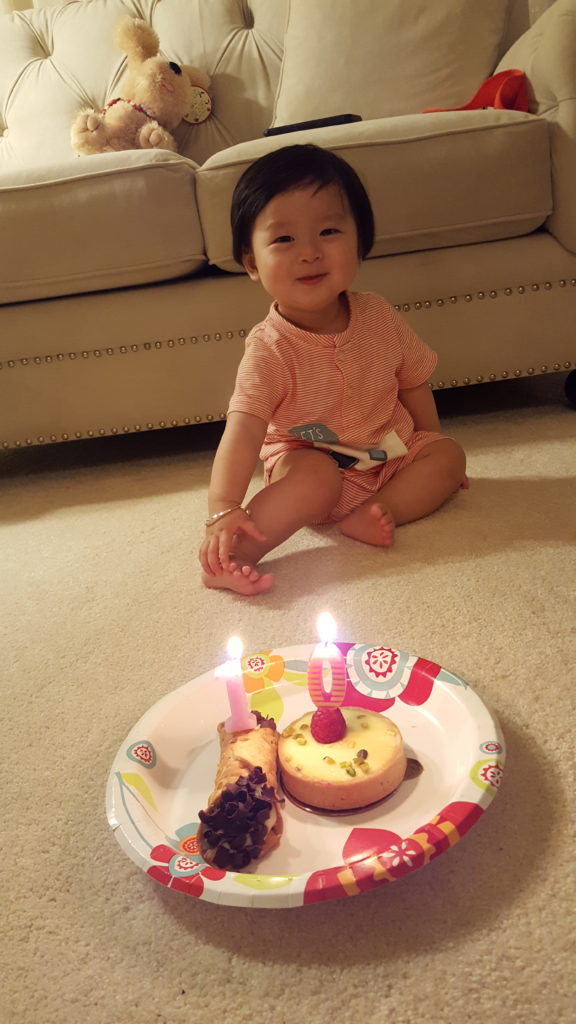Holy Cannoli, Two Peds in a Pod® turns ten!

This little ten-month-old wishes Two Peds in a Pod® a happy ten-YEAR-old birthday!
Let’s take a stroll back ten years to 2009. Ten years ago Facebook was just five years old. Back then there was no Instagram (2010), no Pinterest (2010), no Snapchat (2011). People were mesmerized by virtual vegetable picking (FarmVille) and taking care of Zhu Zhu pets. Bulky video gaming consoles ruled. The “New” Super Mario Bros. Wii really was “new.” Apple’s “pile of poo” emoji had just arrived the year before. And ten years ago, Two Peds in a Pod® was born. The idea that doctors would write advice on the internet was so novel that even NPR thought the concept worthy of a story. Today we take a Happy Birthday look back at our first five posts:
Then and now
Our blog’s first five posts, from the summer of 2009, include the very same topics parents ask us about now in the summer of 2019.
Back then parents wondered about infant sleep, or lack thereof. Please note that we began our infant sleep podcast with the reminder that newborns are not meant to sleep through the night. Fisher Price should have listened to our podcast, because now in 2019 we are writing about rock‘ n play recalls.
Two posts tackled Potty training and picky eating. Spoiler to both posts: you can lead a horse to water but you can’t make him drink!These days, we’re still talking about both topics in the office. But now, people also ask about the need for probiotics to regulate bowels and digestive health in their child. Unfortunately, in 2019 probiotics have not panned out to be the hoped-for panacea for all gastrointestinal ailments. But they are helpful in some types of diarrhea.
In 2019 we talked about the tick borne illness Lyme disease and we’re still talking about ticks now. As for the mystery object Dr. Lai found in a drawer, ten years later the models are kinder and sport a raised lip instead of a contraption that can break off.
Blog writing a decade later
Internet traffic has grown exponentially. Possibly because of so many sources of misinformation, we see more and anxious parents who receive conflicting information about how to raise their kids. We depend on you to let your friends know about this site. We would rather spend more time on writing than on search engine optimization. Despite the congested writing climate, our mission (read our maiden voyage) remains the same, to bring you practical pediatric advice. What fuels us? Our intense and comprehensive pediatric training from Children’s Hospital of Philadelphia, our combined over forty years of practicing pediatrics, and our passion for helping children and their families, give us the experience and the motivation to continue to help all of you whether online or in our offices.
A last blast from the past
How many of you remember our initial logo penned by the combined efforts of Dr. Kardos’s brother and her sister-in-law? That’s an iPod dangling from Dr. Lai’s neck-remember those?
![]()
It’s good to be ten.
Julie Kardos, MD and Naline Lai, MD
©2019 Two Peds in a Pod®
